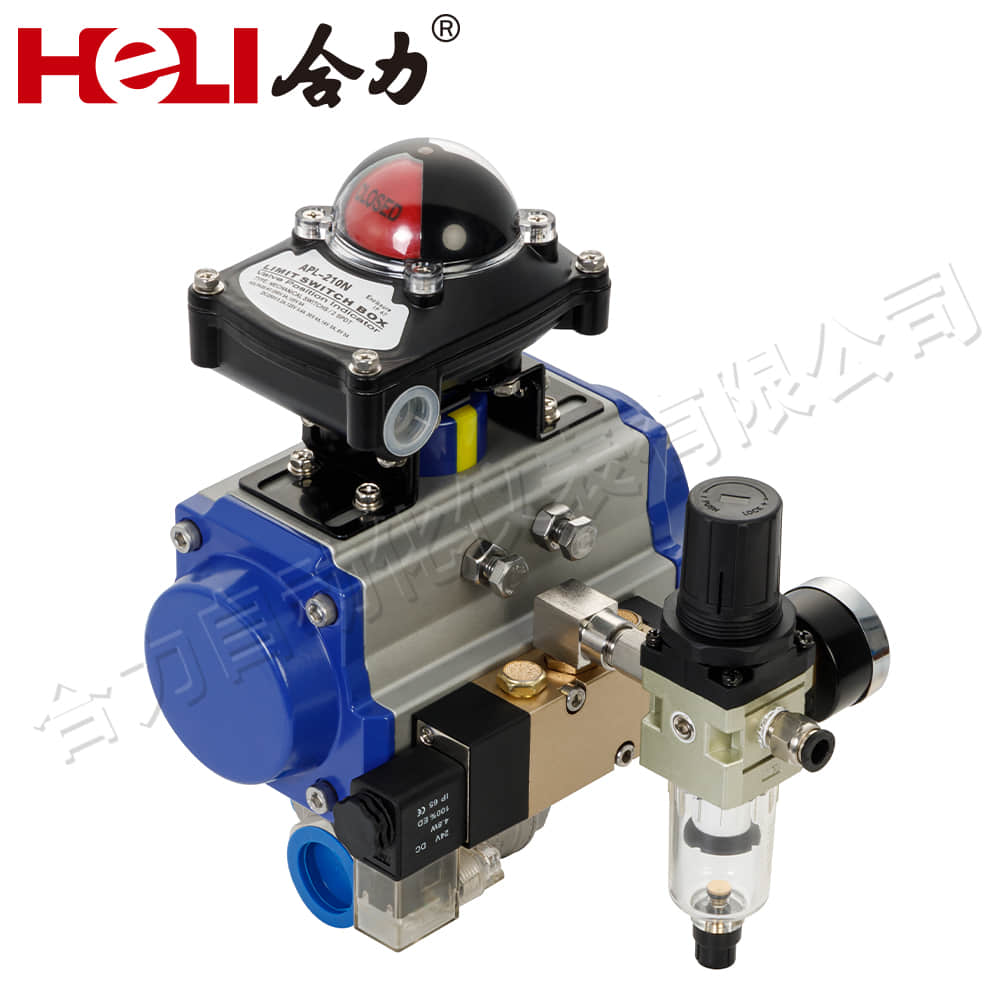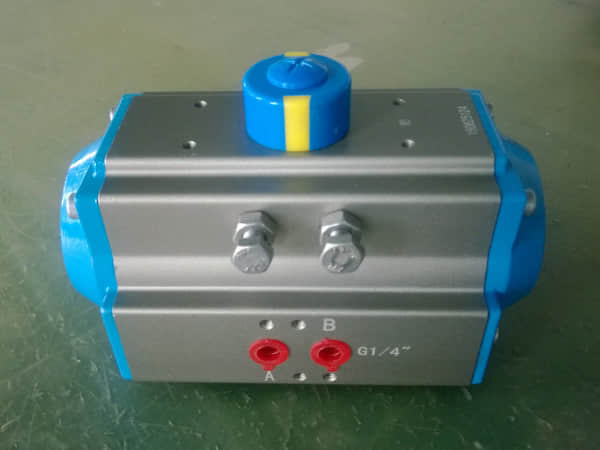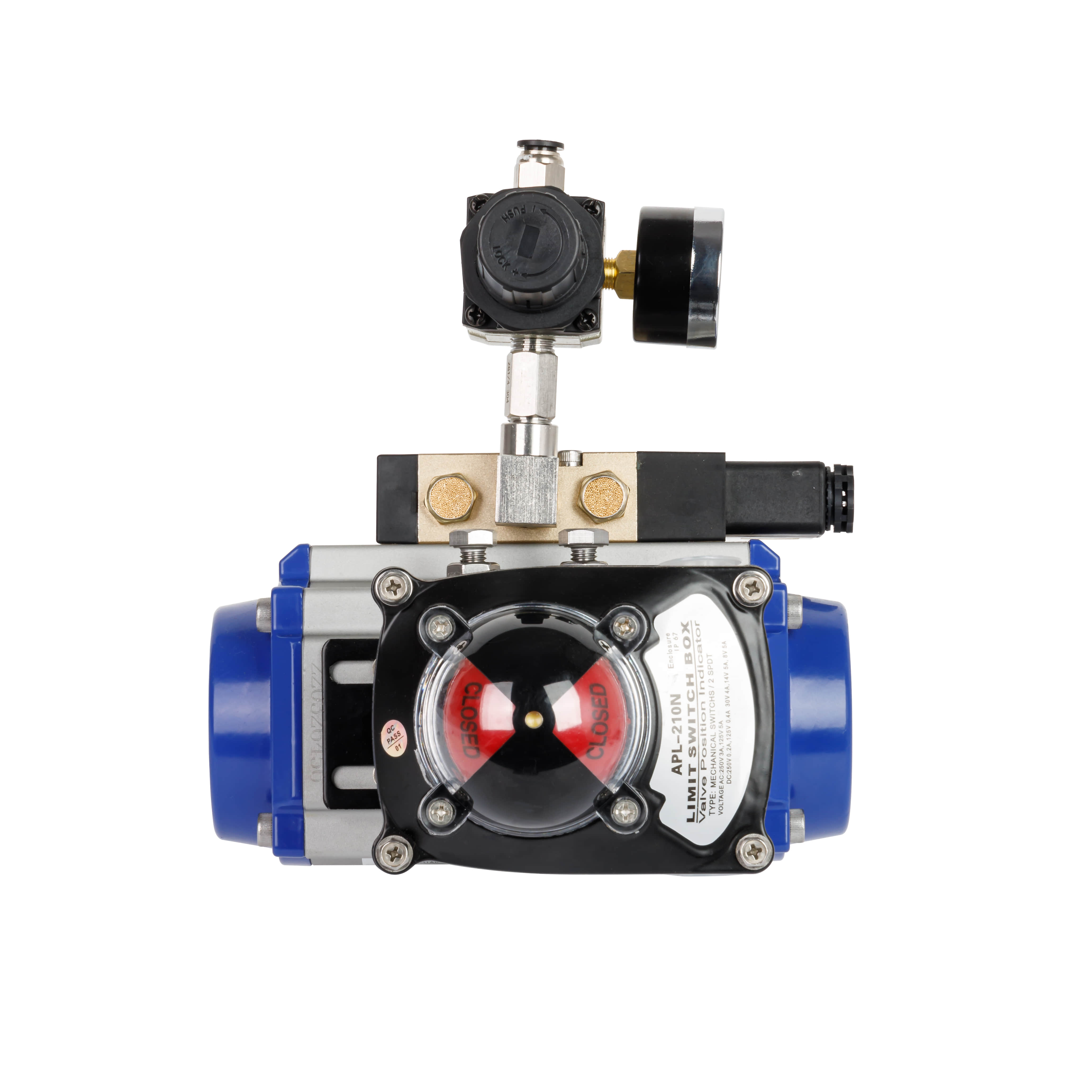understanding pneumatic actuators: mechanisms, applications, and advantages
Release time:2025-01-01 04:12:23
Pneumatic actuators play a crucial role in various industrial processes by converting compressed air into mechanical motion. These devices are widely used in automated systems, providing reliable, efficient, and precise movement in a range of applications. In this article, we will explore the mechanisms behind pneumatic actuators, their various applications, and the advantages they offer over other types of actuators.

Mechanism of Pneumatic Actuators

Pneumatic actuators operate on the principle of using compressed air as the driving force. They typically consist of a cylinder, a piston, and various seals. When compressed air is introduced into the cylinder, it exerts pressure on the piston, causing it to move. The movement of the piston can either be linear or rotary, depending on the design of the actuator.
Types of Pneumatic Actuators
There are two main types of pneumatic actuators: linear and rotary.




